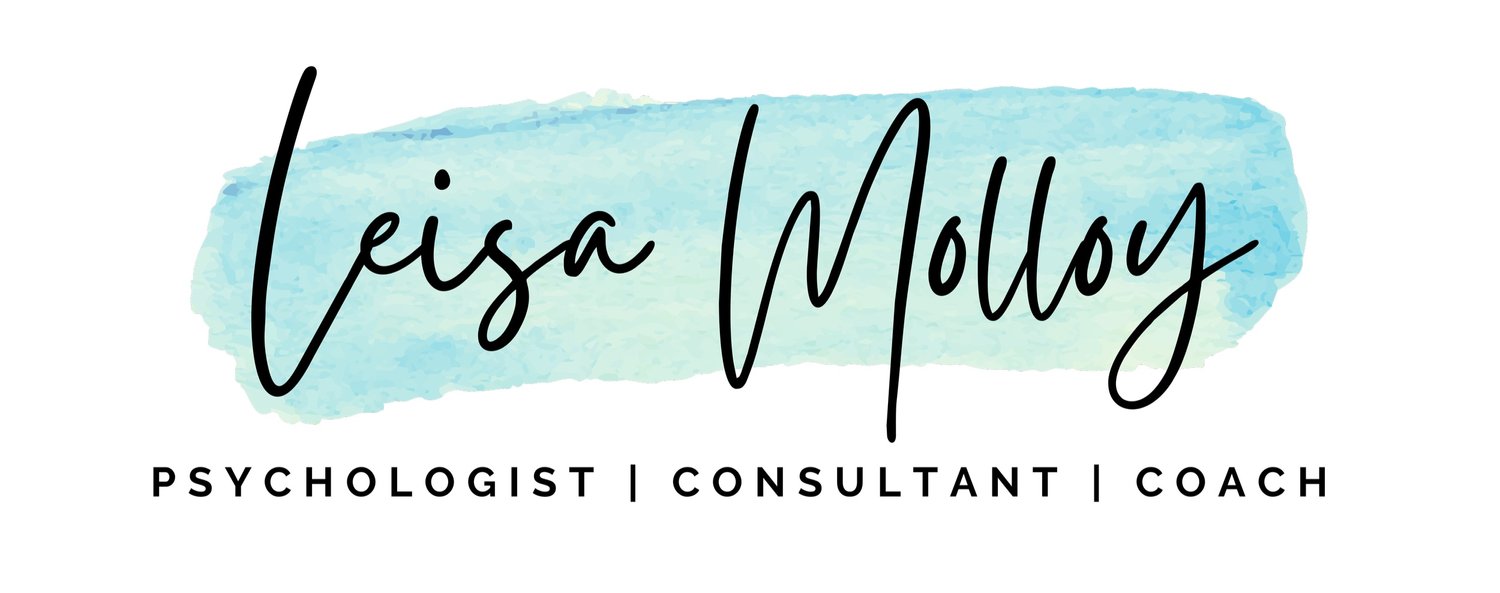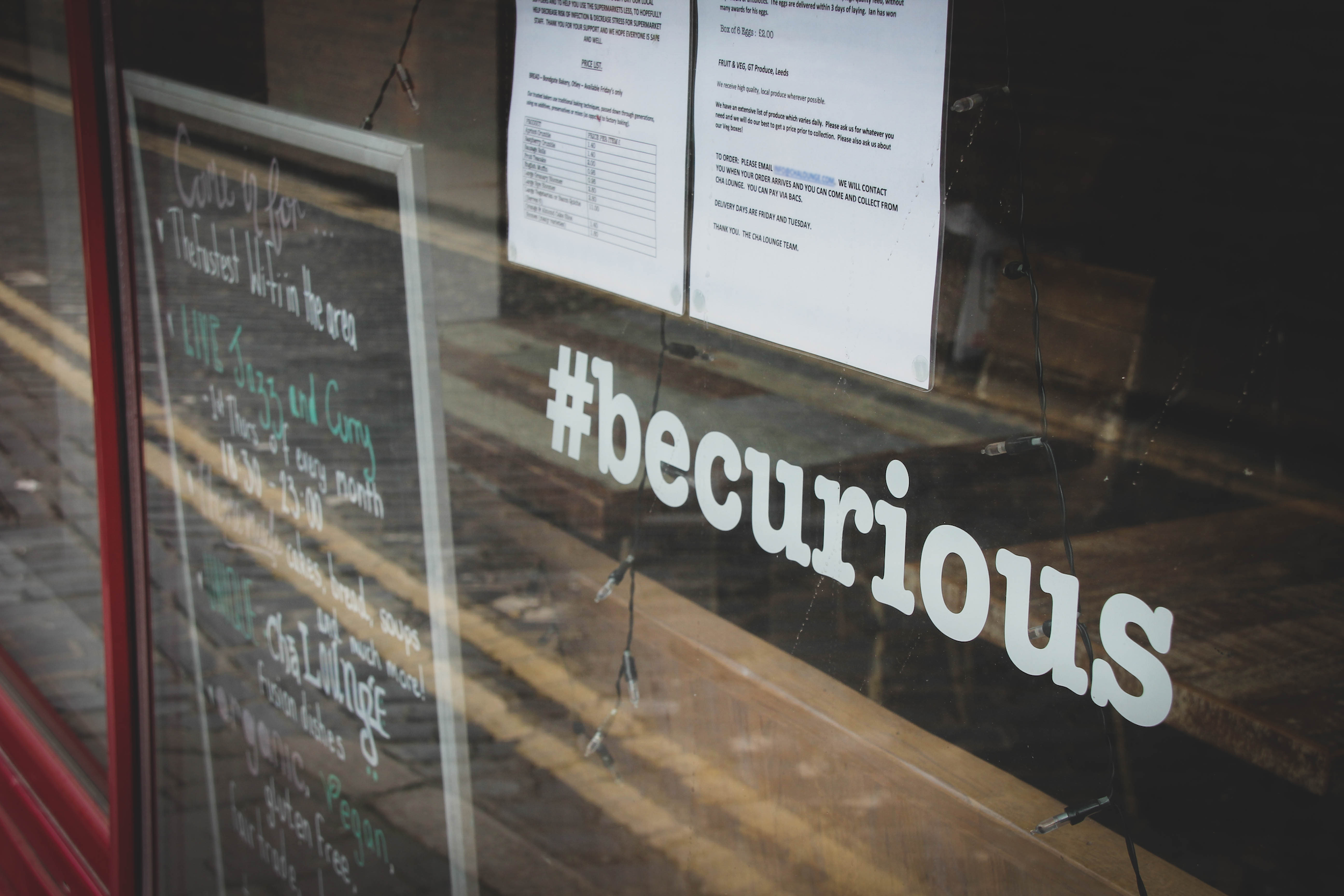On big emotions, everyday learning, & making stress your ally...
This is the content from the August 2022 newsletter - enjoy! And be sure to sign up for the newsletter if you enjoy this kind of content :-)
How can you make feedback less threatening?
This article provides a strong business case for why organisations should switch from teaching people to give feedback to developing a culture where people explicitly ask for feedback. Based on my own experience working in this space, I absolutely agree with this premise and wish more organisations would invest in this.
You'll read about the neuroscience underpinning our anxiety when giving or receiving feedback, and the role that cultural pressure to be "nice" can sometimes play. Some tips on how to 'start small' in facilitating this cultural shift are also included, with a key message around the importance of leaders going first (an assertion also found in Kim Scott's Radical Candor philosophy). Finally, the article explores some key principles that can be applied when asking for feedback, along with a great model I've regularly shared on making feedback conversations more psychologically safe (the SCARF model).
I really like the way the authors frame the overarching goal behind all of this as helping people to become "emotionally well-equipped" to give and receive feedback. Keen to take a look? You'll find the article here.
How can you make stress your ally?
Feeling quite relevant at the moment, this McKinsey article takes a deep dive into the science behind the human stress response, exploring ways that we can more deliberately move between 'engaged' and 'recovery' states. It includes some helpful questions for reflecting on your own stress response, as well as some simple tips for building habits that support recovery.
While many of the suggestions might seem obvious, they are nevertheless difficult to practice consistently - and often the things we stop doing when feeling overwhelmed with work or other demands. A lot of the content in this article reminds me of Tony Schwartz's work on managing our energy, which I've always enjoyed.
I hope the article is a good reminder to take care of yourself and others, and perhaps reframe some of your experiences around stress. You'll find it here.
Is growth & learning an everyday activity in your workplace?
This HBR article explores some different ways that organisations can more effectively integrate learning and development into the day-to-day experiences and workflows of employees. As you'd probably expect, this makes the learning more 'sticky' - which in turn means a greater return on investment for the organisation.
I think the suggestions all make sense from both a learning and behavioural change perspective, also tackling the commonly raised issue of time. Indeed, my facilitator friends and I often talk about ways to integrate these approaches into our programs, with many of us intentionally including 'nudges' and opportunities for participants to reflect on their learning and progress. Additionally, I'm finding that both clients and participants are increasingly interested in what the article refers to as "learning meetings" or bite-sized "micro-learning" experiences, given the simplicity of getting these initiatives up and running. You'll find the HBR article here.
Are your people feeling sad, mad, or anxious?
As a psychologist, some of the work I love most involves helping leaders and teams to become more comfortable talking about emotions.
This podcast episode includes insights and practical tips on doing exactly this. Authors Liz Fosslien and Mollie West Duffy explore some of the reasons behind the historical reluctance to bring conversations about emotions into the workplace, as well as some small ways to begin shifting these attitudes. The conversation also includes practical suggestions on what to do if you or others are experiencing big emotions - including examples of things you can actually say to your manager or team members. A key point that really resonates for me? That these small moments of vulnerability can really help in building people's comfort in talking about emotions at work. As well as listening to the episode yourself, it's a great one to share as a way of opening up conversations about the emotional culture within your workplace.
You can tune in by following the link above or visiting these Spotify or Apple podcast links.
Have you tried these coaching questions?
Inspired by a recent conversation with a peer, this month I'm sharing the interview that turned me into a raving Michael Bungay Stanier fan wayyy back in 2016, only a few short years into running my own little business.
My colleague and I were talking about the value of simplifying things for leaders who are just starting down the path of learning something new, and how easily those of us who are immersed in topics can forget to go back to these 'basics'. This led me back to this interview, which is a great place to start for those keen to become more 'coach-like' in their approach to helping others learn and grow. You'll hear MBS talk about some simple but amazingly effective coaching questions, the importance of truly listening, and how to stay curious rather than jumping into advice giving mode. And plenty more!
You can listen to the episode here on the Coaching for Leaders website, or here on Spotify or Apple podcasts.
Do you move towards 'silence' or 'violence'?
One of the many books that has influenced the work I do around courageous or challenging conversations is Crucial Conversations, which I often describe to clients as a little corny in places, but definitely worth reading!
I recently came across this quiz on the authors' website, which is designed to help you reflect on your typical response in situations where the stakes are high, emotions run strong, and opinions vary (the 3 ingredients of a crucial conversation). While clearly trying to encourage a purchase, it's a good opportunity to step back and reflect on the extent to which you might engage in silence (withdrawing, avoiding, masking your true feelings) or violence (labelling, attacking, controlling) in these situations. A caveat from me - the word "violence" is pretty strong, but really just refers to becoming defensive and critical of others when feeling threatened.
As an FYI you don't have to share your details or sign up to take the quiz, which you can find here.
Thanks for reading! Feel free to share with anyone who might find these insights helpful, or who might want to sign up and join the community.






